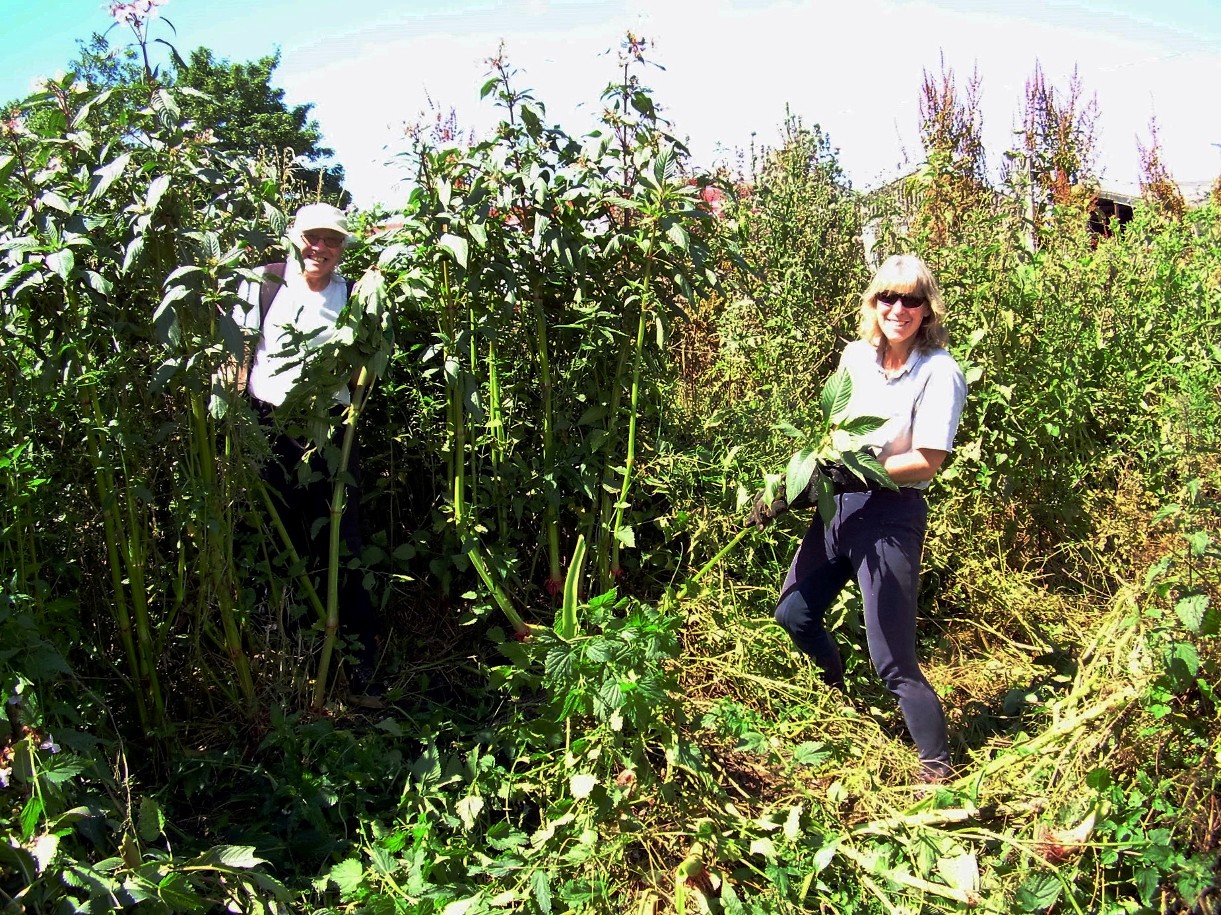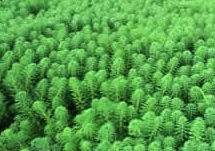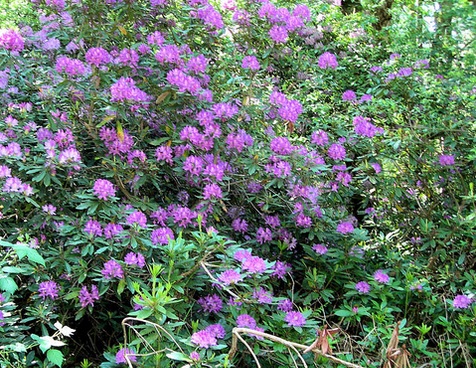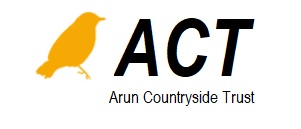INVASIVE SPECIES WEEK 2019:
W/C 13th May, focussing on a different environment each day
Read the Invasive Species Newsletter here
Suggestions for ways to take part
Key facts for awareness raising
Controlling Invasive Species
 MAVES is working with landowners to help control invasive species which threaten habitats' biodiversity. Our first MAVES invasives project is, with the help of Arun & Rother Connections project (ARC) and local volunteers, to control Himalayan Balsam in Binsted. The picture below shows Dr Livingstone aka Maves volunteer John Knight, and Maves chair Julia Plumstead, demolishing some gigantic Himalayan Balsam in Binsted this summer. They are annuals so the key to protecting native wildlife from their thuggery is to pull or cut them before they set seed.
MAVES is working with landowners to help control invasive species which threaten habitats' biodiversity. Our first MAVES invasives project is, with the help of Arun & Rother Connections project (ARC) and local volunteers, to control Himalayan Balsam in Binsted. The picture below shows Dr Livingstone aka Maves volunteer John Knight, and Maves chair Julia Plumstead, demolishing some gigantic Himalayan Balsam in Binsted this summer. They are annuals so the key to protecting native wildlife from their thuggery is to pull or cut them before they set seed.
Please tell us if you see invasive plants in our area. For example:
- On damp banks and in woodland - Himalayan Balsam (top) is an annual, surface-rooting non-native plant. It is pretty but should be eradicated from the area as it can quickly dominate damp habitats crowding out native species. It is easy to pull up or to kill by strimming close to the ground. This needs to be done before it flowers (eg April/May is good), and repeated for several years till all viable seeds left in the soil have germinated.
 In ponds - almost complete cover of parrot feather (right) was removed from Binsted's Madonna pond by Walberton Action Group and again several years later by National Park volunteers. This non-native plant dominates ponds, crowding out or shading out other species.
In ponds - almost complete cover of parrot feather (right) was removed from Binsted's Madonna pond by Walberton Action Group and again several years later by National Park volunteers. This non-native plant dominates ponds, crowding out or shading out other species.
Downstream from the Madonna pond it was found again by Maves surveyors in the pond by Meadow Lodge. In 2016, Maves volunteers have been working to remove it, with assistance from the National Park Rangers Simon Mockford and Sam Buckland.
MAVES supports the Check Clean Dry campaign - click here to view the poster. It is vital when doing conservation work on ponds not to transfer invasive species from one pond or watercourse to another.
 In woodland - Rhododendron ponticum (left) is an invasive non-native plant which can ultimately take over whole landscapes if not controlled, shading out or poisoning native species that are needed for our wildlife's survival. It should be cut down and sucker regrowths sprayed off for several years until the rootstock is dead.
In woodland - Rhododendron ponticum (left) is an invasive non-native plant which can ultimately take over whole landscapes if not controlled, shading out or poisoning native species that are needed for our wildlife's survival. It should be cut down and sucker regrowths sprayed off for several years until the rootstock is dead.


